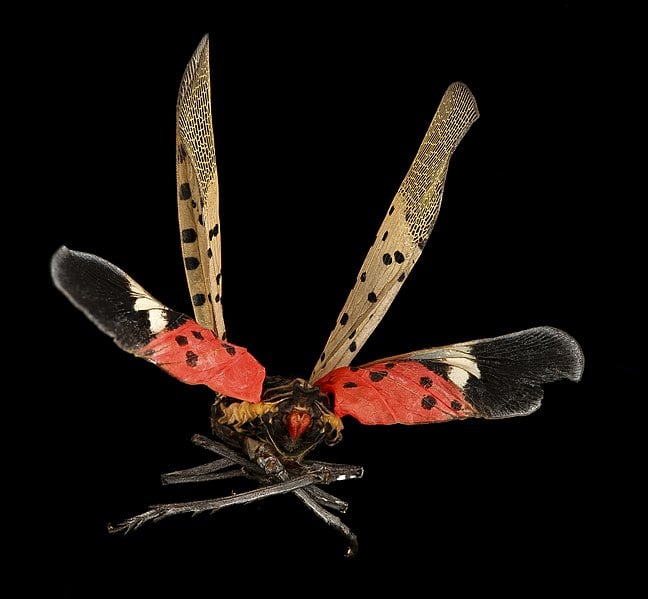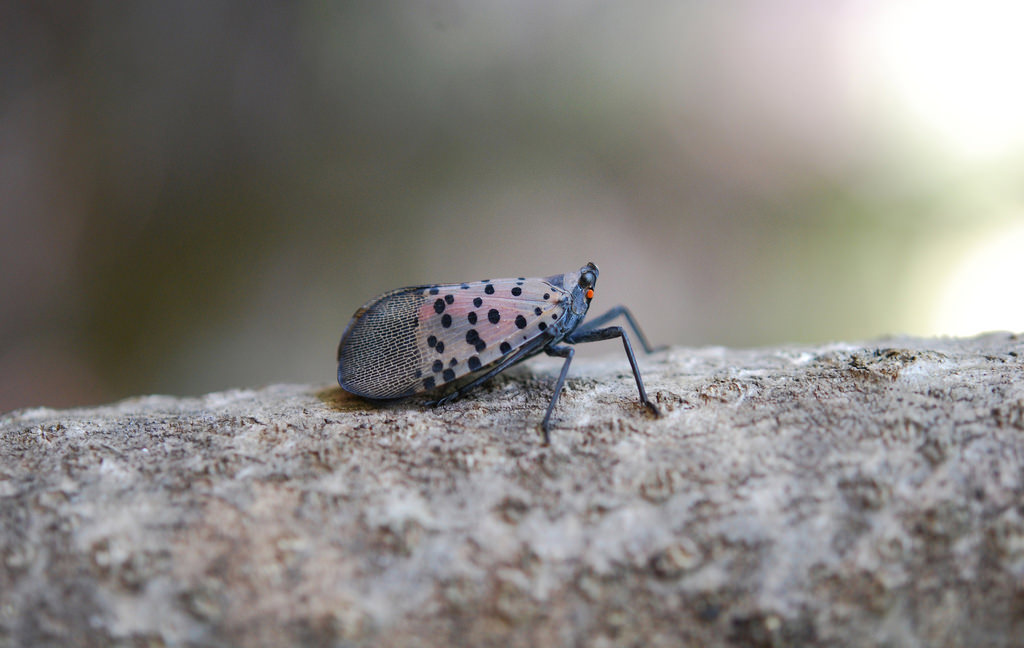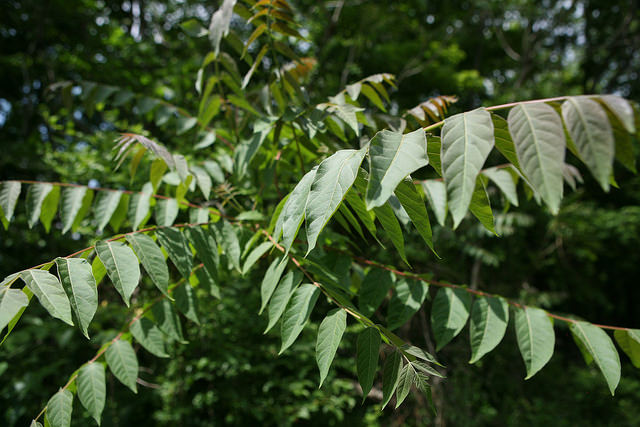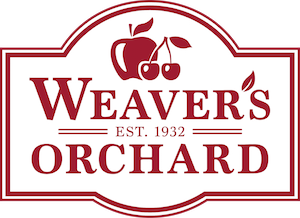Many of you may have seen the Spotted Lanternfly in this region or noticed the Spotted Lanternfly posters displayed around our market. With few known predators, this pest has been devastating in the Boyertown region and has now been reported in thirteen counties of southeastern Pennsylvania. It threatens the timber industry—one of Pennsylvania’s vital exports—and swarms of the insect make it impossible for people to comfortably spend time outdoors. It has damaged some vineyards and is likely to have some impact on fruit production in our area, although with this being an new invasive pest there is so much that is unknown regarding the impact it will have on agricultural crops.

Last fall, we saw some, but not many, Spotted Lanternflies on Tree of Heaven plants around the perimeter of the orchard. However, as the total Spotted Lanternfly population increases in southeastern PA, we may see larger numbers of these pests at the orchard during the coming harvest season.
Because of this, we wanted to update you about the measures we are taking and let you know what you can do to contain and slow the spread of this pest.
What We Are Doing
Monitoring Transportation. The thirteen counties where Spotted Lanternfly has been identified are all under quarantine. At Weaver’s, we have received training from the Pennsylvania Department of Agriculture on how to inspect all commercial vehicles leaving our property, and have been issued permits for each of our own vehicles. In addition we have signed a compliance agreement that authorizes us to ship our products outside the quarantine area. These steps not only help to contain the spread, it also provides peace of mind for companies that purchase products from us. Our crew will also be instructed on how to inspect any potentially affected area for the egg masses, immature forms and adult Spotted Lanternflies so that none of these will leave the quarantine area.
Preparing to Manage Pests. The Spotted Lanternfly only produces one generation per year, unlike other invasive pests that can produce two or more generations per year.
Spotted Lanternfly eggs hatch in May or June, and then go through four immature stages, spending a few months as crawling insects before becoming flying adults in August or September. This means that we can apply a mild insecticide before the fruit is ripe, which will mean that the pesticide will not remain on the fruit by the time it is ripe. The immature forms of the Spotted Lanternfly are not hard to kill with a mild insecticide. However, the pest could still emerge from the woods around our property, and we will need to monitor this and take further action if needed, making decisions based on the ongoing research Penn State is conducting on this pest.
Although the Spotted Lanternfly can damage tree fruit indirectly, they do not feed on the fruit itself. They secrete a “honeydew” substance of partially digested sap that can get on the fruit and cause disease. They can also reduce the fruit’s ability to mature.

What You Can Do
- Remove 90% of Tree of Heaven, the Spotted Lanternfly’s food source, from your property. Create “trap trees” by treating the remaining 10% of Tree of Heaven with an insecticide or using a sticky band that will catch the crawling nymphs. (Learn more here.)

- Get educated. Know what the pest looks like in each of its life stages and what the egg masses look like. This video shows what they look like. (We were not able to find a public domain image of the nymphs, but you can see them on the New York State Invasive Species information web site here.)
- Let officials know if you find a Spotted Lanternfly outside of the quarantine area. (Use this map to check.)
- Look for organic horticultural oils to use as insecticides. Carefully follow all directions for proper use. These oils are very effective, although they do take longer to work.
- Scrape eggs from the trees using a plastic card (such as a credit card). (This video explains the procedure.) Smashing the eggs is also known to be effective, since scraping can cause them to pop out of the egg mass. Destroying an egg mass will eliminate 50-80 eggs. The PA Department of Agriculture also requests that you go here to report the number of egg masses removed, along with the date and location.
Everyone in southeastern Pennsylvania and beyond is learning together about this pest and how to control it. I have been working with others in the fruit growing industry to develop best practices under the guidance of the PA Department of Agriculture. Landscaping and timber industries are also developing best practices. As we have new information, we will keep the public informed. It is going to take a comprehensive effort by all of us to reduce the infestation and spread of Spotted Lanternfly.
